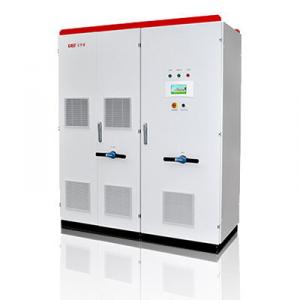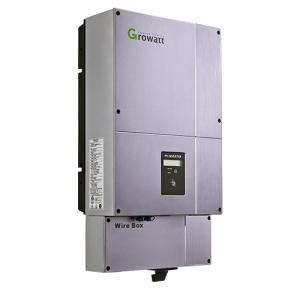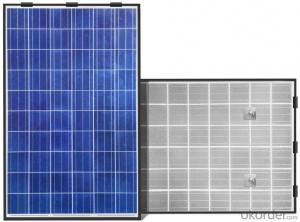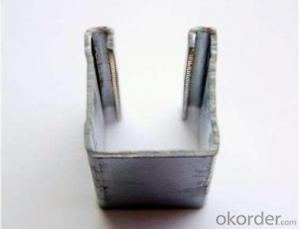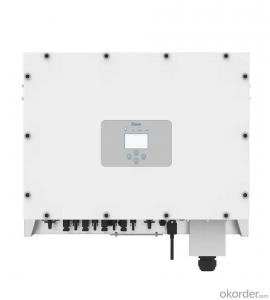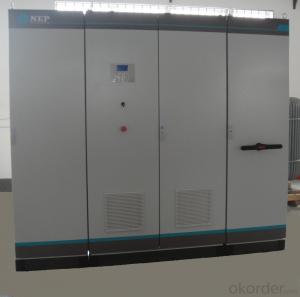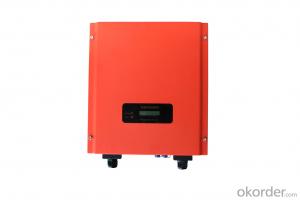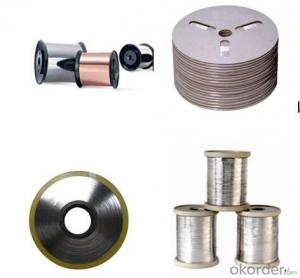Sizing Solar Inverter
Sizing Solar Inverter Related Searches
Solar Inverter Sizing Solar System Inverter Sizing Oversizing Solar Inverter Solar Pv Inverter Sizing Solar Inverter Sizes Solar Inverter Size Solar Inverter Size Chart Undersizing Solar Inverter Inverter Size For Solar System Oversized Inverter Solar Solar Panel Inverter Size Standard Solar Inverter Sizes Solar Inverter Configuration Solar Inverter Drawing Solar Inverter Earthing Solar Edge Inverter Sizes Clipping Solar Inverter Solar Inverter Upgrade Upgrade Solar Inverter Install Solar Inverter Construction Of Solar Inverter Solar Inverter Clipping Grounding Solar Inverter Inside Solar Inverter Solar Inverter Installation Choosing A Solar Inverter Inverter In Solar Inverter Clipping Solar Shading Solar Inverter Big Solar InverterSizing Solar Inverter Supplier & Manufacturer from China
Sizing Solar Inverter is a crucial component in the solar energy system, designed to convert the direct current (DC) generated by solar panels into alternating current (AC) that can be utilized by homes and businesses. This product plays a significant role in ensuring the efficient operation of solar power systems, optimizing energy output and reducing energy waste.The application and usage scenarios of Sizing Solar Inverter are diverse, as they are essential in both residential and commercial solar installations. They are used to manage the power flow from solar panels to the grid or battery storage systems, ensuring that the energy generated is effectively utilized. In addition, they also provide protection against electrical faults and overloads, enhancing the safety and reliability of the solar energy system.
Okorder.com is a reputable wholesale supplier of Sizing Solar Inverter, boasting a large inventory that caters to the varying needs of customers. By offering a wide range of high-quality products at competitive prices, Okorder.com has established itself as a go-to source for solar energy enthusiasts and professionals alike. Their commitment to customer satisfaction and continuous improvement ensures that they remain at the forefront of the solar energy industry, providing reliable and efficient solutions for a sustainable future.
Hot Products

